Blog
Understanding LED Life Expectancy
In the era of LED lighting, less energy and a long lifespan have been billed as key advantages of LEDs. Understanding and communicating how these products fail and how long they last can be challenging. Most LED lighting products hold the potential to achieve a long lifespan that can meet or exceed traditional lighting. Manufacturer claims can be misinterpreted by users who do not fully understand what causes such products to fail or the difference between lifetime and reliability.
It is widely understood that LED light sources outlast previous traditional light sources. However, all lighting products fail at some point when they reach the end of their useful life.
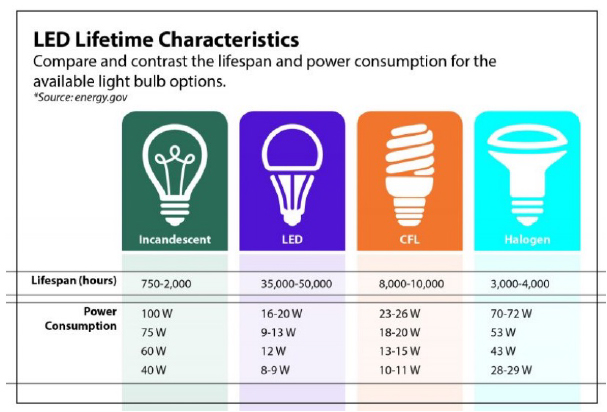
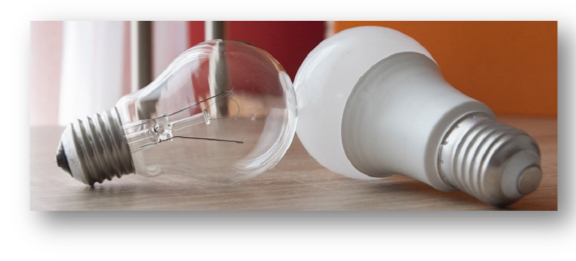
When a traditional light source, e.g. an incandescent bulb, reaches the end of its lifespan it will fail abruptly and stop working entirely. It is commonly referred to as catastrophic failure.
By comparison, LED light sources gradually fade over time until they become too dim to produce usable light.
LED systems are not necessarily lamp based only. Commercially available LED products include fully integrated luminaires, integral-driver lamps (with conventional bases), lamps with external drivers, and modules. Regardless of product type, the performance is typically affected by interactions between system components; for example, its lifetime is highly dependent on thermal management, and lamp performance.
The failure of any LED system component—not just the array of LED packages, but also the electronics, thermal management, optics, wires, connectors, seals, or other weatherproofing, for example—can directly or indirectly lead to product failure. Further, while some of these products will fail in a familiar catastrophic way, others may exhibit parametric failure—meaning they stop producing an acceptable quantity or quality of light. A complete characterization of the useful life of an LED product must consider the possibility of catastrophic or parametric failure for each system component, operating together as a system.
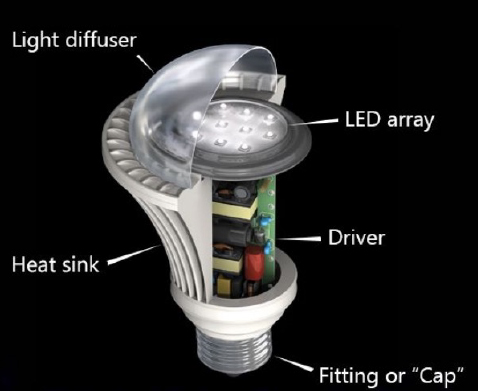
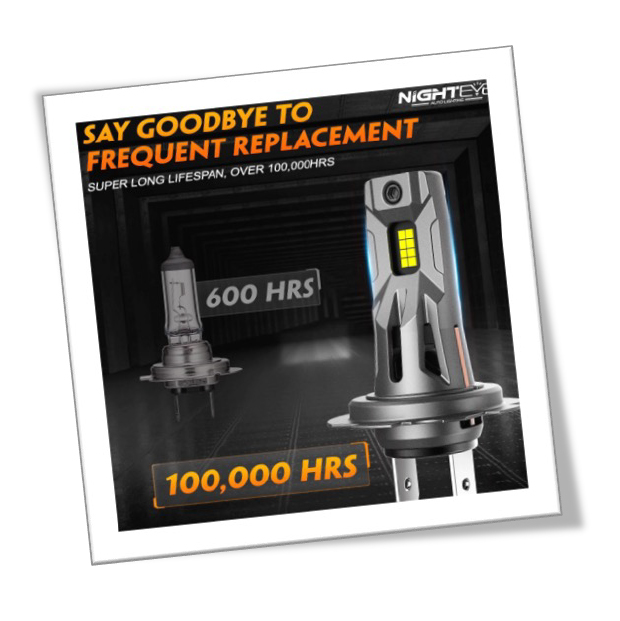
It is important to know that most LED lighting products do not fail abruptly, instead they fade gradually over time. This process is known as lumen depreciation. It is possible for an LED to lose up to 80% of its initial light output and still function. Some LEDs can function for years under typical operating conditions. As a result, there has been a lot of misinformation to the consumers with manufacturer’s claim of their products with 100,000hrs or more Life span.
Before we go deeper into the LED lifespan, let us see the following key points:-Lumen maintenance tells us how LED lights keep their brightness as they get older. A high score means the light maintains its brightness for a long time.
-Different things like heat, dust, and turning on and off can make LEDs degrade faster. There are rules to test these conditions such as IES LM-80 and IES TM-21.
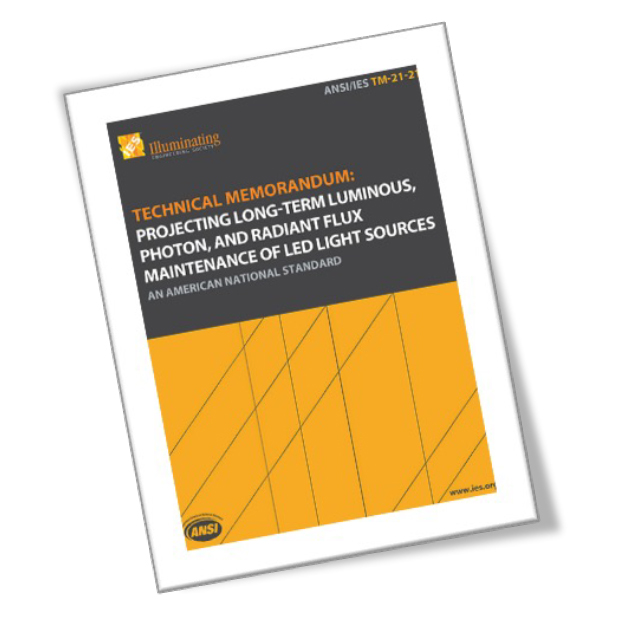
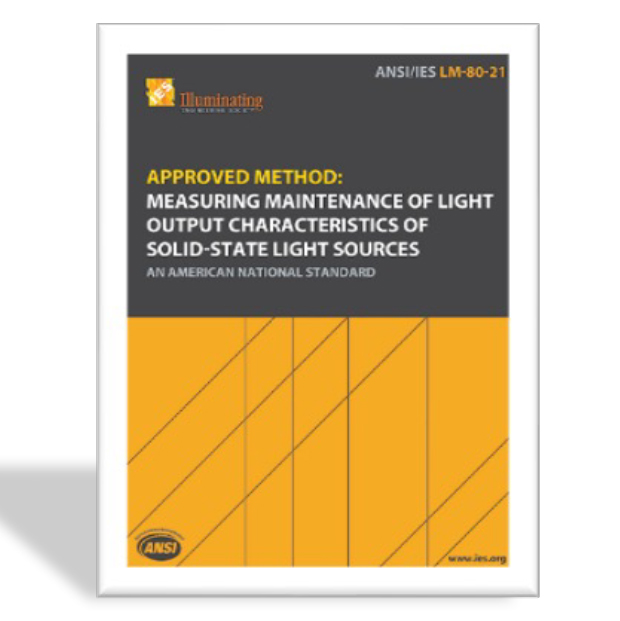
Lumen maintenance factor lets us track this change. It is like a score for the bulb’s power over time. We look at numbers like L70 (LED’s brightness goes down to 70% of its starting glow at 50,000hrs), that is its rated life span. There are several external conditions such as temperature, voltage variations, and environmental contaminants can accelerate wear and undermine a fixture’s light output.
To provide industry wide benchmarks for assessing more accurate lumen maintenance, there are standards like IES LM-80 (Testing LED longevity) and IES TM-21 (Projecting Long Term Lumen Maintenance of LED Light Sources) are being used to standardize the forecasting performance. These guidelines help manufacturers produce more reliable products and assist consumers in making well informed choices.
In conclusion, we learned that when a traditional light source such as an incandescent bulb or halogen reaches the end of its lifespan; it will fail abruptly and stop working entirely. It is commonly referred to as catastrophic failure.
On the other hand, LED lighting products fade gradually over time until they become too dim. This has brought into consideration Rated Life and Lumen Maintenance of the products. Rated life often represents the point at which 50% of a large group of lamps will have failed (also known as average rated life). The rated life is how long an LED light source is expected to work before it fails or burns out completely.
Lumen Maintenance life pertains to how long those surviving LEDs can maintain a certain percentage of their initial light output. These are commonly referred to with values like L70 or L90, indicating that 70% or 90% of its initial lumens remain after 25,000 or 50,000 hours. This is a more accurate way to measure the LED life expectancy.
